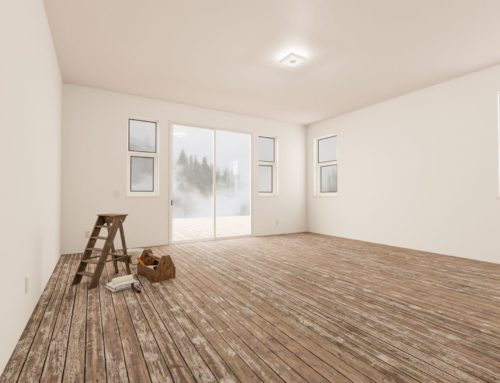Let’s take a close look at the market conditions that are impacting home affordability.
A mortgage payment is determined by the price of the home and the mortgage rate on the loan used to purchase it. Lately, monthly mortgage payments have gone up for buyers for two key reasons:
- Mortgage rates have increased from 2.65% this past January to 2.9%.
- Home prices have increased by 15.4% over the last 12 months.
Based on these rising factors, a home may be less affordable today, but it doesn’t mean it’s not affordable. Make sure you don’t fall for that common mortgage myth!
Three weeks ago, ATTOM Data released their second-quarter 2021 U.S. Home Affordability Report which explained that the major ownership costs on the typical home as a percent of the average national wage had increased from 22.2% in the second quarter of 2020 to 25.2% in the second quarter of this year. This report also went on to explain:
That the latest level is within the 28 percent standard lenders prefer for how much homeowners should spend on mortgage payments, home insurance and property taxes.
In the same report ATTOM, confirms:
Average workers across the country can still manage the major expenses of owning a home, based on lender standards.
It’s true that monthly mortgage payments are greater than they were last year, but they’re not unaffordable when compared to prices over the last 30 years. While payments have increased dramatically during that several-decade span, if we adjust for inflation, today’s mortgage payments are actually 10.7% lower than they were in 1990.
So what does this mean for you? While you may not get the home buying deal someone you know got last year, that doesn’t mean you shouldn’t still buy a home.
Here are your alternatives to buying and the trade-offs you’ll have with each:
Alternative 1: Renting instead-
Some home owners may consider renting as the better option. However, the monthly cost of renting a home is skyrocketing. So far in 2021, rental prices have grown a staggering 9.2%. To put that in context, in previous years growth from January to June is usually just 2 to 3%. After this month’s spike, rents have been pushed well above our expectations of where they would have been had the pandemic not disrupted the market.
If you decide that you want continue to rent, then chances are your rent will keep increasing at a fast pace. This means that you could end up spending significantly more of your income on your rental as time goes on, which could make it even harder to save for a home.
Alternative 2: Wait out the storm-
Many might consider waiting for another year and hope to purchasing a home that might be less expensive in the future. In order for a lower monthly payment to happen it would require one of those two elements to decrease over the next year. However, experts are forecasting the exact opposite:
- TheMortgage Bankers Association (MBA) projects mortgage rates will be at 4.2% by the end of next year.
- TheHome Price Expectation Survey(HPES), a survey of over 100 economists, investment strategists, and housing market analysts, calls for home prices to increase by 5.12% in 2022.
By waiting until next year, you could potentially end up paying more for a home, as well as need a larger down payment, could pay at a higher mortgage rate, and potentially pay an additional $3,696 each year over the life of the mortgage.







